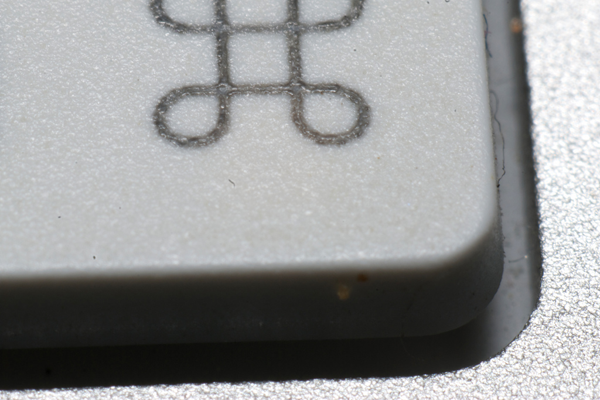Typing in Katakana
“The rhythms of typing favour short, concise sentences, sentences with oral form.” - Marshall McLuhan

Typing in hiragana is fairly simple, and you’ll get even better at it over time. Typing in katakana / kanji, however, is magical. Kanji you don’t know is suddenly available to you. Google’s IME (if you’re using it) does a great job figuring out what it is you want to type (better than the others, I think), making typing in katakana a lot easier. Basically, once you figure all this out, you suddenly have access to a lot more Japanese than you had access to before you could type. It’s friggin’ awesome. Let’s get started.
Typing Katakana
Let’s start with katakana first since it’s a lot more like typing in hiragana.
There are technically two ways to do this. You could choose “katakana” in your IME, but this way is a lot slower (switching between modes takes a lot of time – I recommend always staying in hiragana mode). So, don’t change anything, stay in hiragana (あ) and just follow the steps.
One thing to know before you start, though, is the katakana long vowel. In hiragana, it’s just another character. In katakana, it’s a ー symbol. On your keyboard, this is just the “minus” key. When you’re in hiragana mode in your IME, it’ll automatically change it to a big ー.
Type the following into the box below (in hiragana). Once you’ve typed the entire word, hit the space bar until it selects the word you want. With katakana, it should be pretty easy (as long as you typed the right thing in), and what you want to type (in katakana) should be the first choice after hitting the space bar. Each step is described below.
Type かたかな + hit SPACE until it chooses カタカナ + hit ENTER (katakana)
Type ぱとかー + hit SPACE until it chooses パトカー + hit ENTER (patrol car)
Type まくどなるど + hit SPACE until it chooses マクドナルド + hit ENTER (McDonald’s)
Type ふれんどりー + hit SPACE until it chooses フレンドリー + hit ENTER (friendly)
Type ふぁっくす (hint: fakusu) + hit SPACE until it chooses ファクス + hit ENTER (fax)
Type うぃぐ (hint: wigu) + hit SPACE until it chooses ウィグ + hit ENTER (wig)
Now, if you know a word needs to be katakana, and it’s a word that doesn’t normally switch to katakana, you can type the word you want into hiragana, then hit F7 (F6 changes it to hiragana). If F7 doesn’t work, try the other F-keys (might depend on operating system). Try changing these not-normally-katakana words into katakana by hitting F7 (or whatever works on your computer, it’ll be close to F7).
Change こういち to コウイチ
Change たけひろ to タケヒロ
Change ひとみ to ヒトミ
Change たべもの to タベモノ
Change ひらがな to ヒラガナ
Besides this, there are some weird katakana rules you’ll want to know (kind of like the weird katakana rules you learned when learning katakana). You won’t see these super often, but you’ll see them enough where you’ll want to know how to type these things (or at least know where to reference them when you need them). Try typing these into the box below.
wi = ウィ
we = ウェ
u+xo = ウォ
va = ヴァ
vi = ヴィ
vu = ヴ
ve = ヴェ
vo = ヴォ
she = シェ
je = ジェ
fa = ファ
fi = フィ
fe = フェ
fo = フォ
te+xi = ティ
to+tu = トゥ
de+xi = ディ
do+xu = ドゥ
che = チェ
Some of these will be more common than others, but it’s good to know how to type these. Don’t worry if you don’t memorize these all right away, you’ll get them over time.
Alright – now it’s time to do kanji. We’re going to take what you learned with hiragana (just inputing the sounds) and katakana (SPACE barring until you get the version of the word you want).
